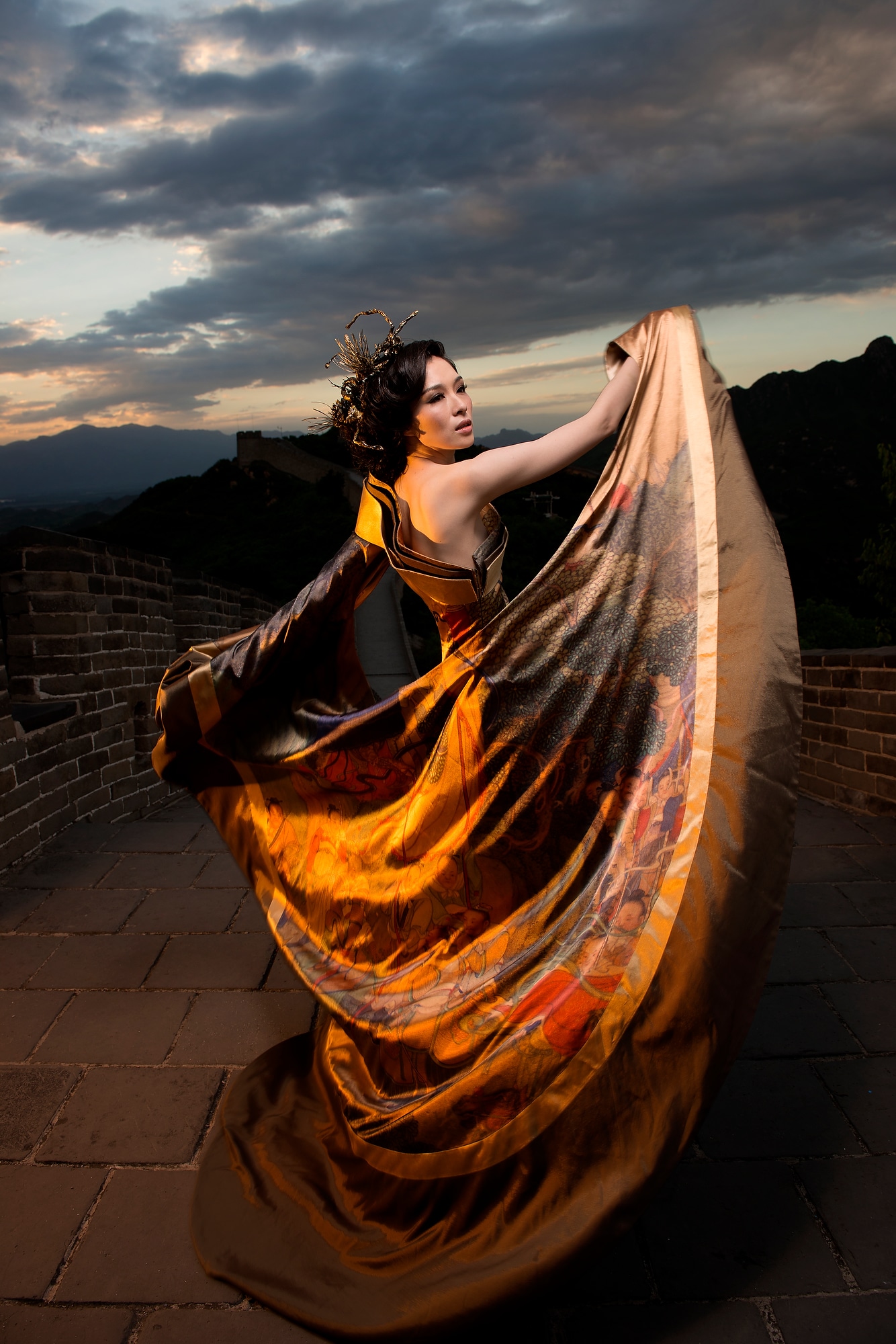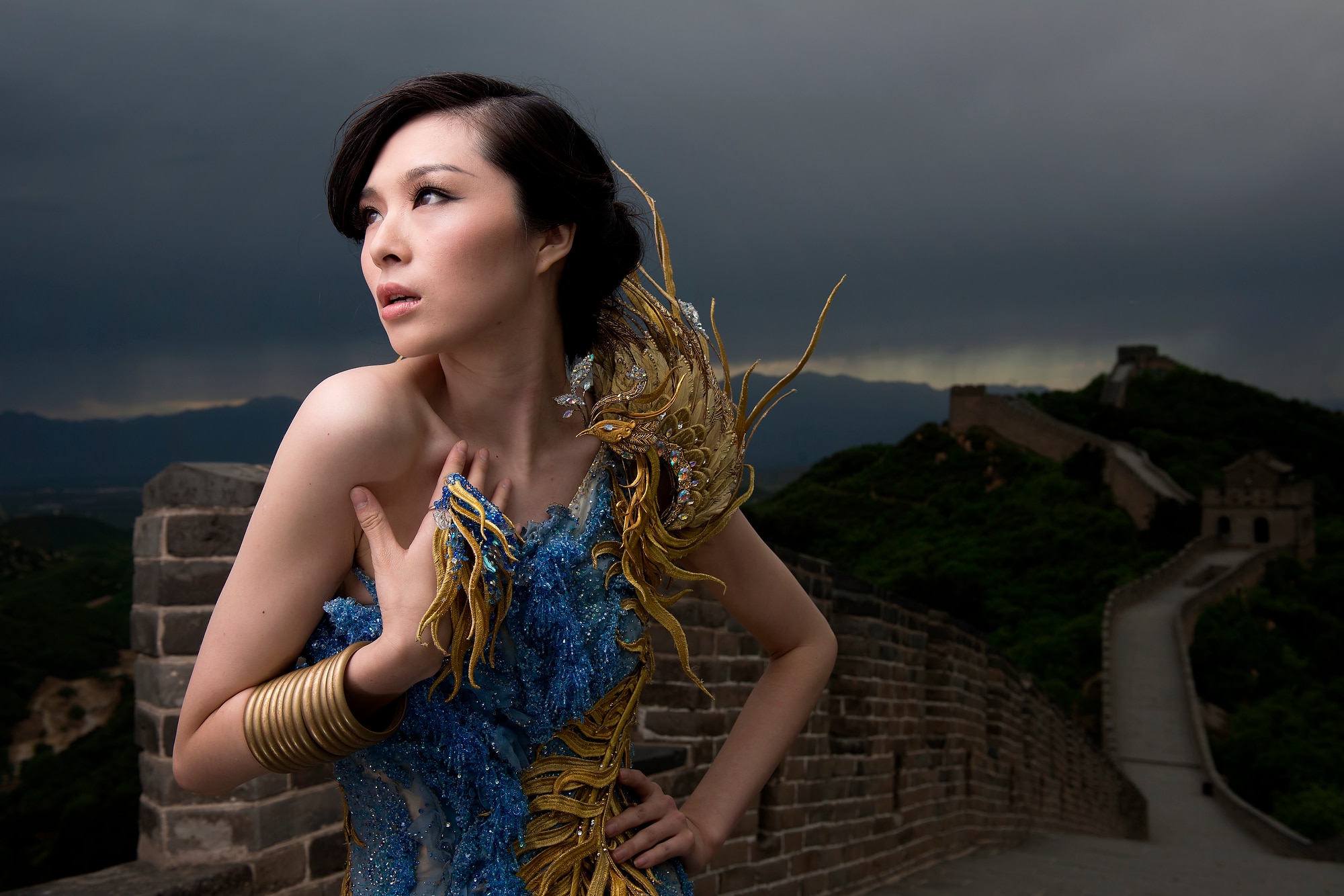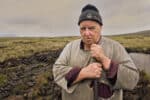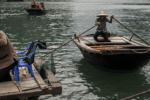People generally look better with a bit of low fill light. Not always, as there are no “always” in photography. But a soft, barely noticeable fill light from below the eye line is frequently, most of the time, even to the point of verging on almost always, flattering for your subject. Unless of course you screw it up and overpower it to the point of DEFCON 1. Then it can resemble one of those dramatic, end of life moments in a crime drama TV series where the guilty party, cornered at last, takes their own life rather than go back to the joint. Dramatic, fevered dialogue occurs. The villain explains the interior motivation for all their nefarious shenanigans. Camera pans up, gunshot heard, splatter on the wall. With a too powerful low light, it ends up being simply a shadow on the wall, so I was just being ridiculously graphic to drive home a point about being careful and well managed when using a low fill. Go easy.

But carefully metered and handled, a low fill works well. It can be as simple as a fill board, white, gold or silver. A passive, additive light source for fill purposes. Or, it can be a fill board with a light blinked into it, thus transforming it into an active fill source, which is controllable via the amount of power you put into it.
A few questions resulted from our Instagram post up on the Great Wall of China. Impromptu, informal low fill via a small flash punched into a silver reflector essentially lying on the floor. A soft push of light, running about minus 1 to 2 stops under the main. Present, but just barely. A whisper of light, almost unfelt. No difference in f-stop, just a difference in feel. Subtle.
I had a job handed to me in China, a number of years ago, that I was unprepared for. Client changed direction – a complete 180 on subject matter. I had to pivot immediately, as we all have to do in the field. You just work it out because you have to succeed, no matter the roadblocks. I had to gather some knock-off stuff to use as light shapers at the last moment, while I was in Beijing. What you see in the BTS pic is a random beauty dish, some sort of silver reflector on the ground, and various other pieces of whatnot.

The low silvery splash works its way up the sumptuous red gown and evolves the color for the camera in a rich, lovely way. I prefer to do this in the field than in post production. Field work, for me, has always been the challenge of all of this.
It’s essentially the same combo, with a bit of variation, for the banner pic and for instance, below.

It is a go-to, tried and true approach, honestly, to beauty portraiture, or really any sort of encounter with the human face. It can be the floor, if it is neutral in color and has a measure of reflective possibilities, or a piece of white foam core board. (Hail the ever useful V-flat!) Or a silvery surface, as you see in the BTS photo. It opens up the eyes and makes the subject glow, just a bit. Or gold, for a warm feel. Below I gelled the fill bounce, and pushed it perhaps even a touch too hard, given the drama of the gown and the moment.

It’s to your taste, and the nature of the face and the place. But a low light rocks.
More tk….














Thanks, Joe, for this background information. My photography students will benefit from it too, so I’ll pass it along. Thank you, Sir.
Wow Joe, wonderful images, I always struggle a bit when using flash outdoors, most of the time I’m thinking about how much to underexpose the ambient, and I think also the time of day may be very relevant for a good image. You just got me thinking and I need to go out and practice that. As usual something to learn from you.